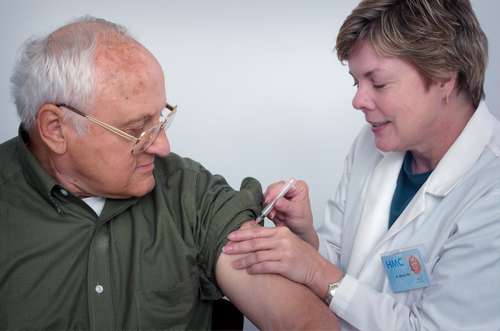Remember COVID? Well, as we approach another winter season, a new COVID-19 subvariant called XEC has emerged. While health officials aren't raising major alarms, you should stay informed about this latest development in the pandemic saga. Let's talk about it.
What is XEC and Where is it Spreading?
XEC, the newest kid on the COVID block, is a subvariant of the Omicron strain that's been making waves since 2021. First spotted in Germany in June 2024, it's now been detected in at least 25 U.S. states. As of late September, XEC accounted for about 5.7% of COVID infections in the country, making it the fifth most prevalent strain.
According to Dr. Scott Roberts, an infectious diseases specialist at Yale Medicine, XEC has shown rapid growth in some European countries. This quick spread is one reason why health experts are keeping a close eye on it.
How is XEC Different from Other Strains?
Here's where things get a bit science-y. XEC is what's called a "recombinant" strain. Think of it like a hybrid resulting from a merger of two pre-existing Omicron subvariants: Omicron sublineages KP.3.3 (a descendant of the FLiRT variants) and KS.1.1. This genetic mash-up could potentially lead to some changes in how the virus behaves.
But before you start worrying, here's some good news: so far, there's no evidence that XEC causes different or more severe symptoms than other recent strains. The usual suspects– cough, fever, loss of taste or smell–are still the main symptoms to watch out for.
Should You Be Worried About XEC?
Now, should you be worried? The short answer is: not necessarily, but stay vigilant.
Dr. Céline Gounder, a CBS News medical contributor, reminds us that viruses mutating and new variants emerging is just business as usual in the world of viruses. "XEC is just the latest, but we will see more," she explains.
The CDC and other health authorities are monitoring the situation closely. They anticipate that current COVID-19 treatments and vaccines will continue to be effective against XEC and other circulating variants.
Protecting Yourself: What You Can Do
Here is what you can do to protect yourself from the new COVID strain.
- Get Vaccinated: The updated 2024-2025 COVID vaccines, available since August, are expected to provide protection against XEC. Health experts recommend getting vaccinated by October for peak immunity during the holiday season.
- Stay Informed: Keep an eye on updates from reliable health sources like the CDC.
- Practice Prevention: Continue with the tried-and-true methods. Wear masks in crowded indoor spaces, maintain good hand hygiene, and stay home if you're feeling unwell.
- Know the Symptoms: While XEC doesn't seem to cause new symptoms, it's good to refresh your memory on COVID signs. Remember, COVID often starts with a fever, followed by cough and other symptoms.
- Get Tested: If you experience symptoms, especially in the order typical of COVID (fever first, then cough, etc.), consider getting tested.
Final Takeaway
With a new character in the COVID-19 story, you should always keep yourself educated. Stay informed, take precautions, and remember–we've been here before. Stay healthy.




